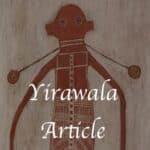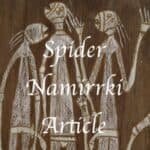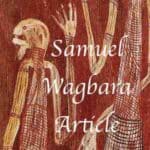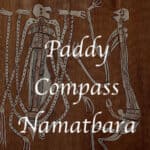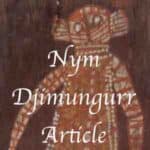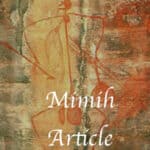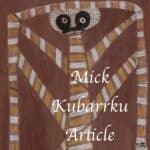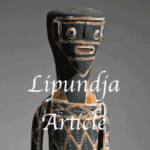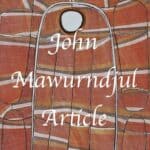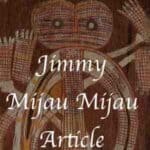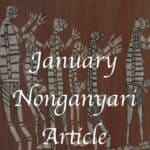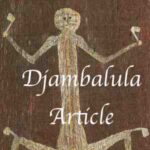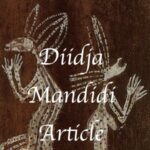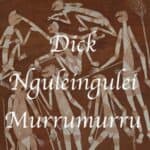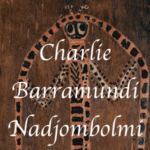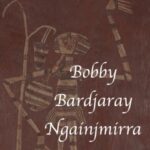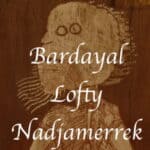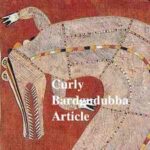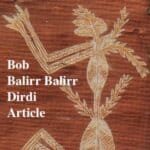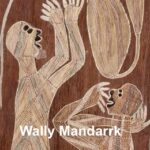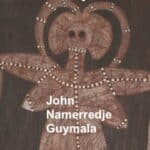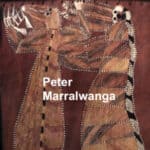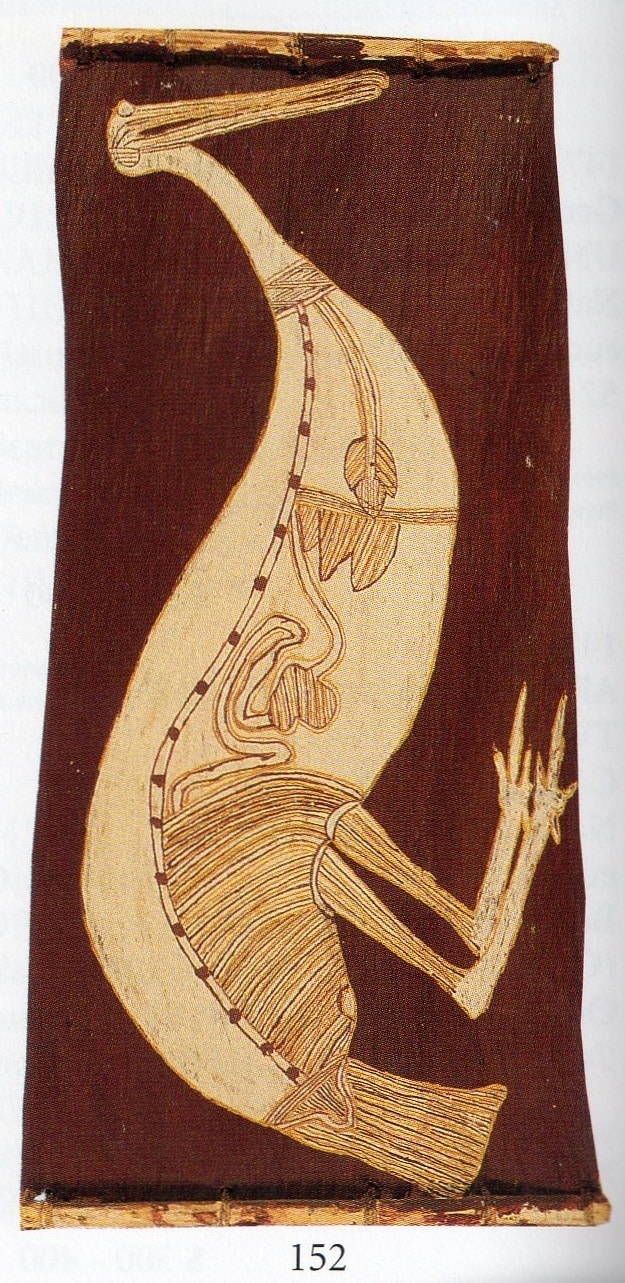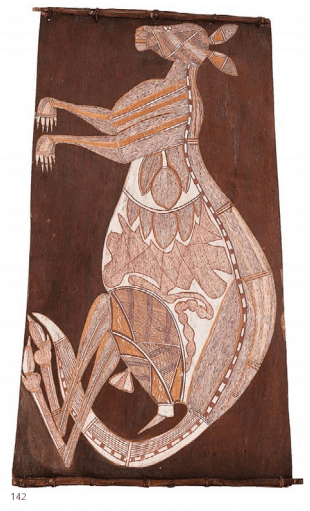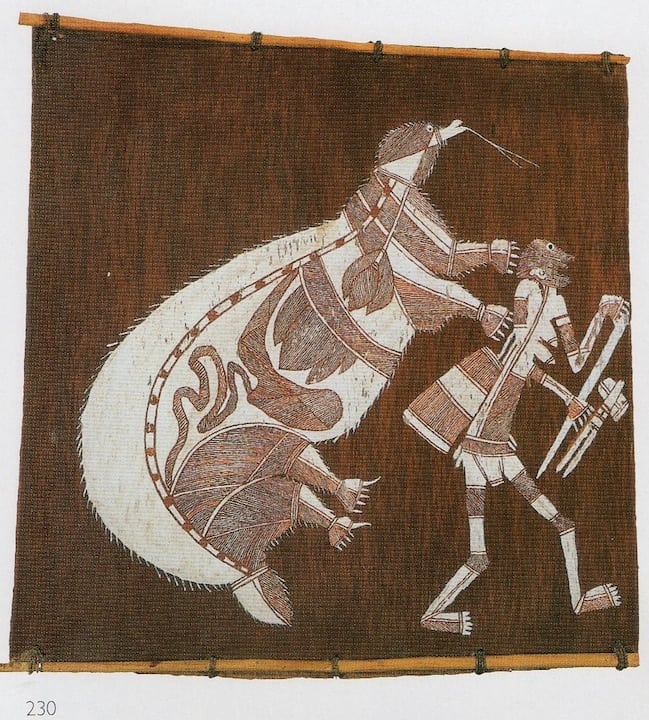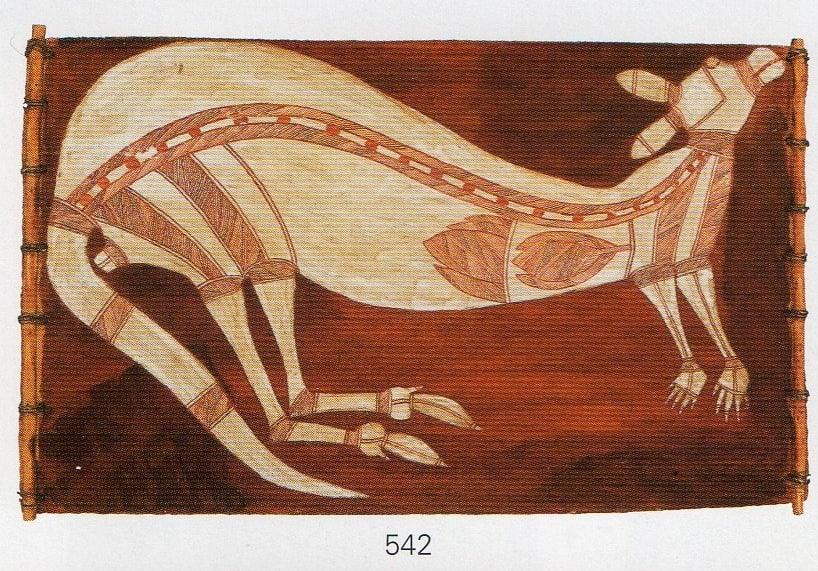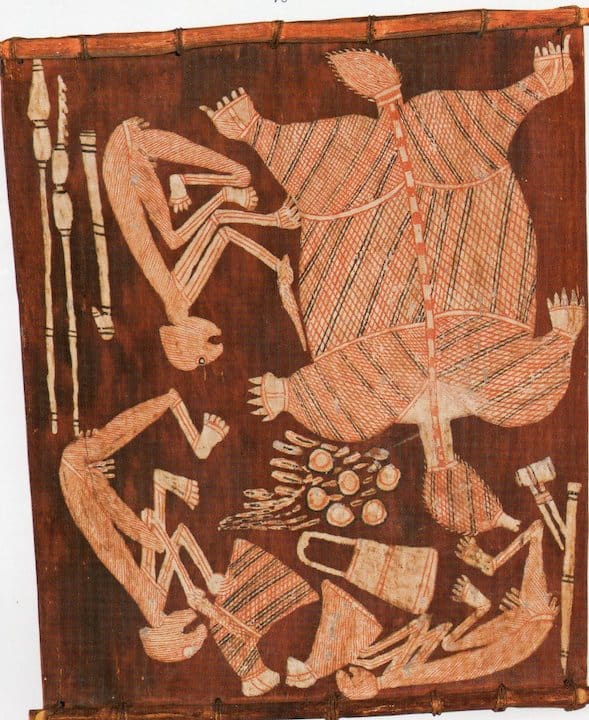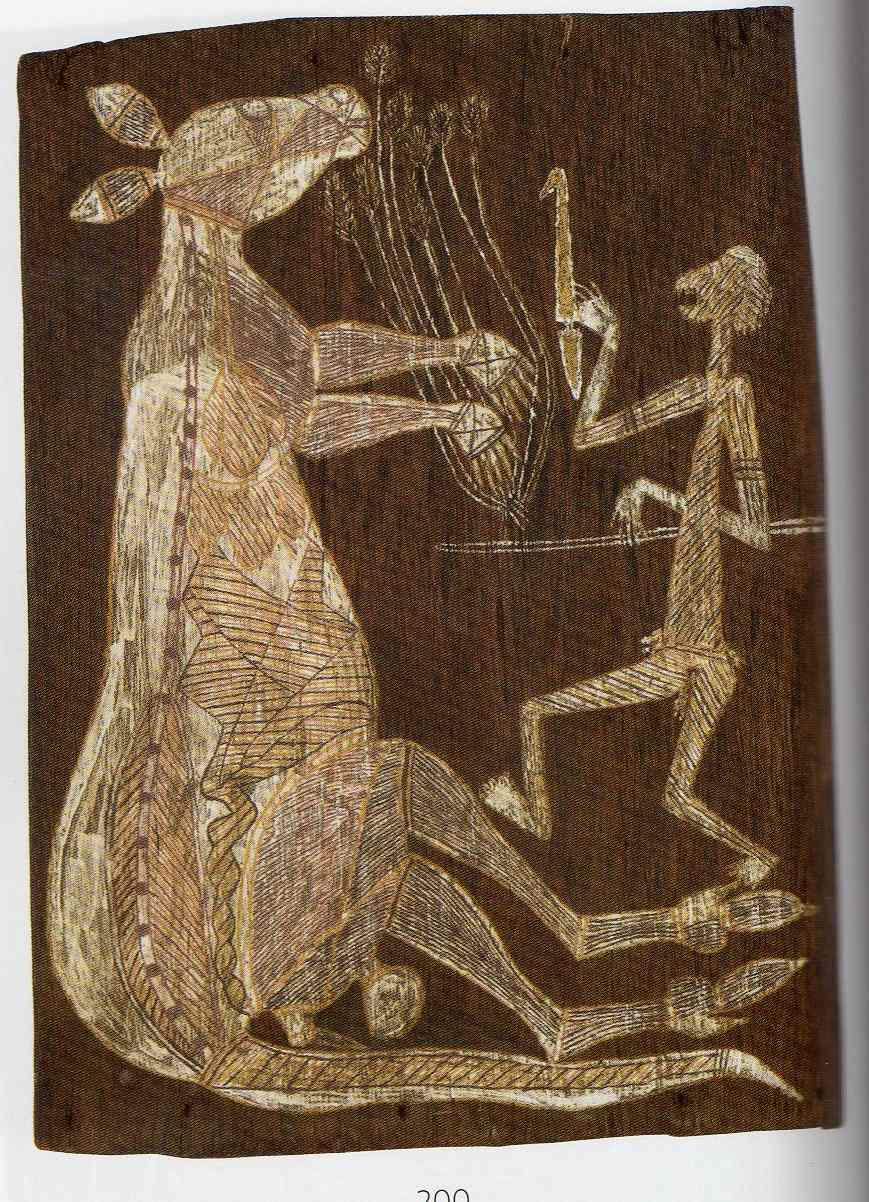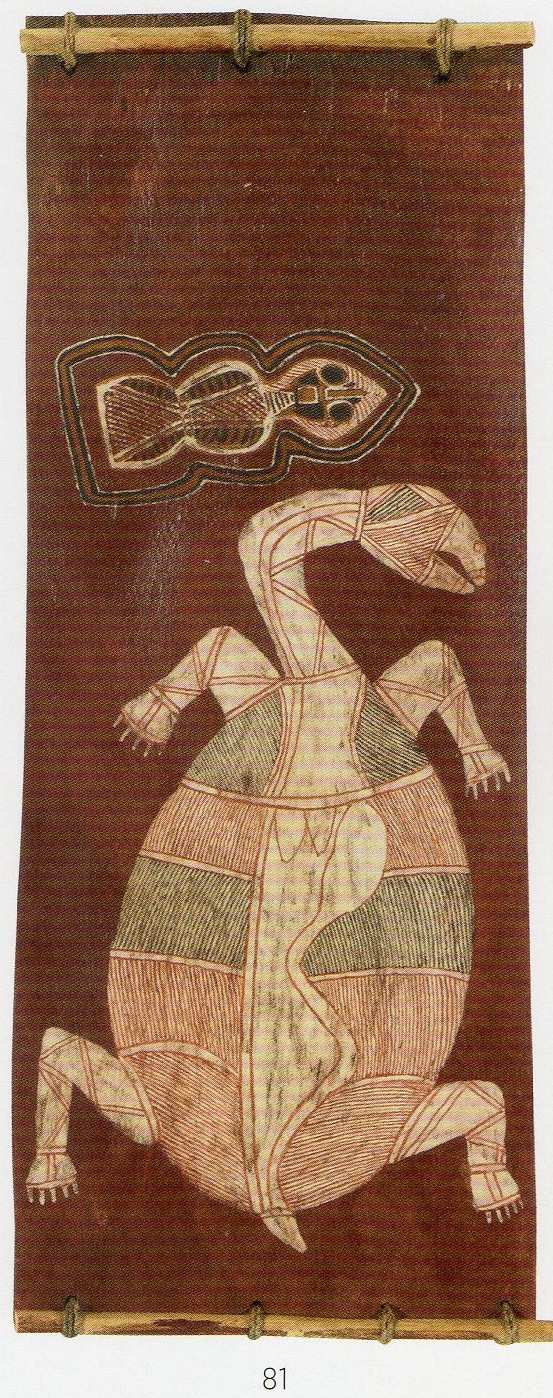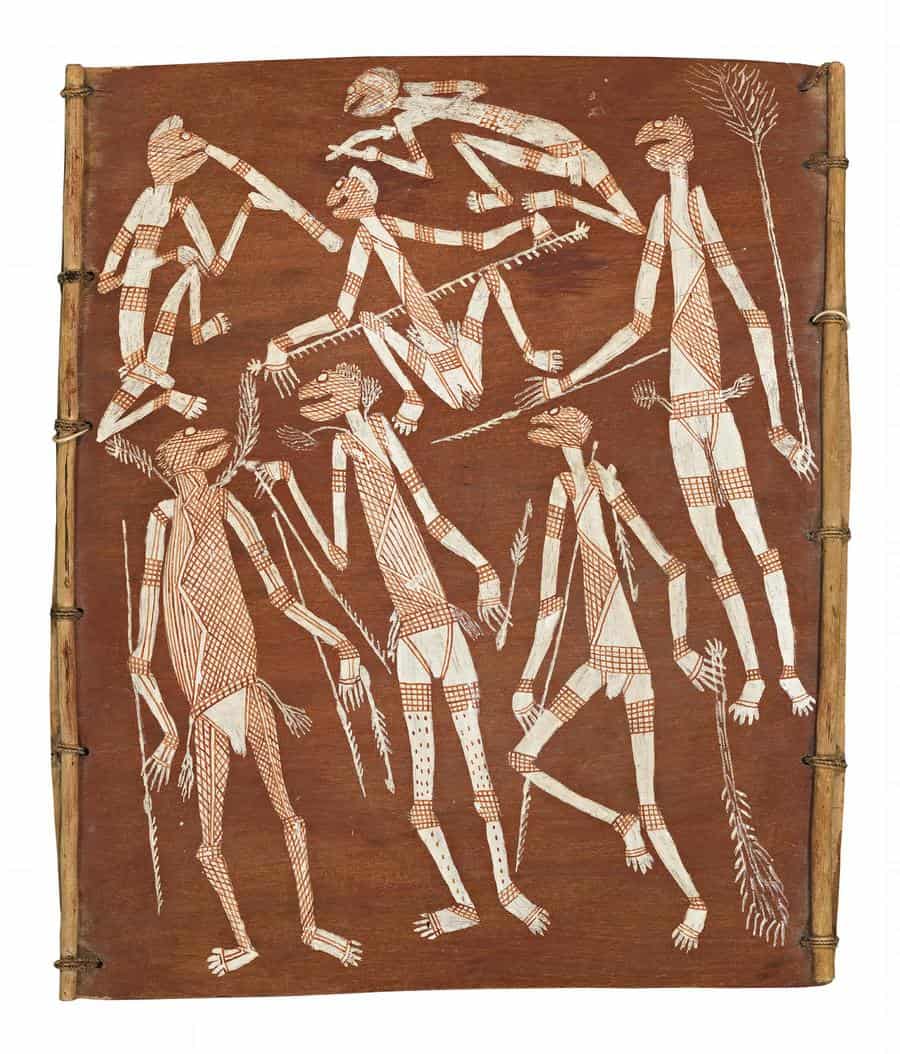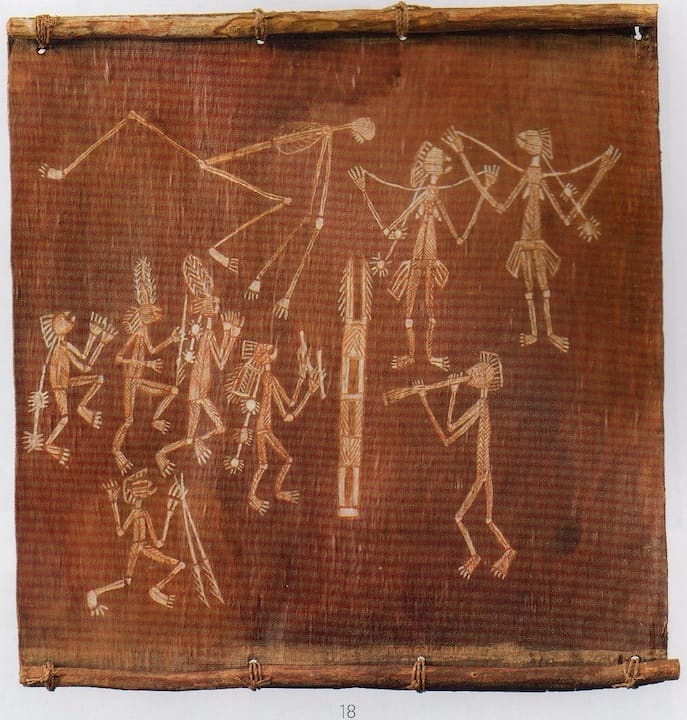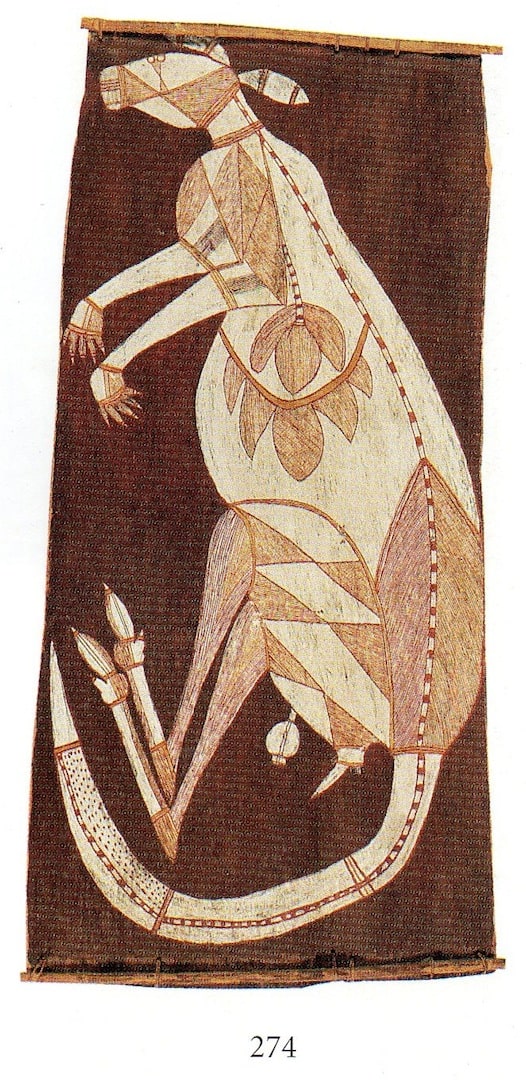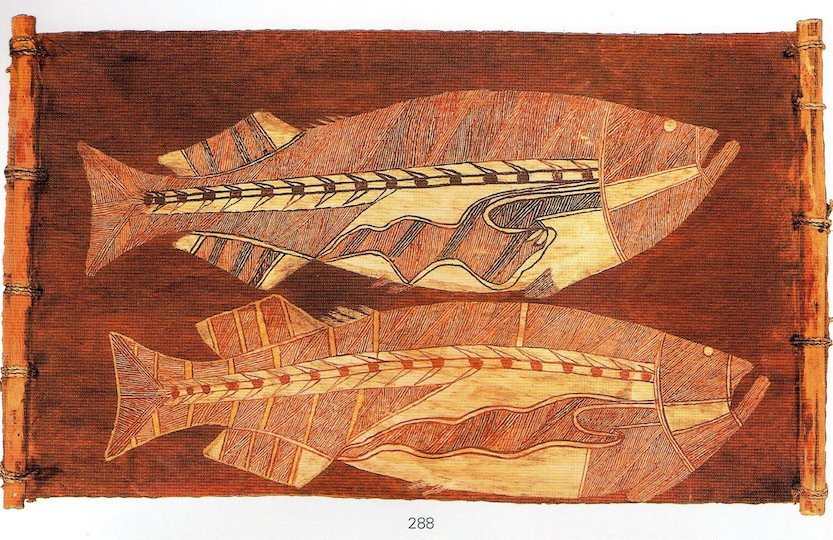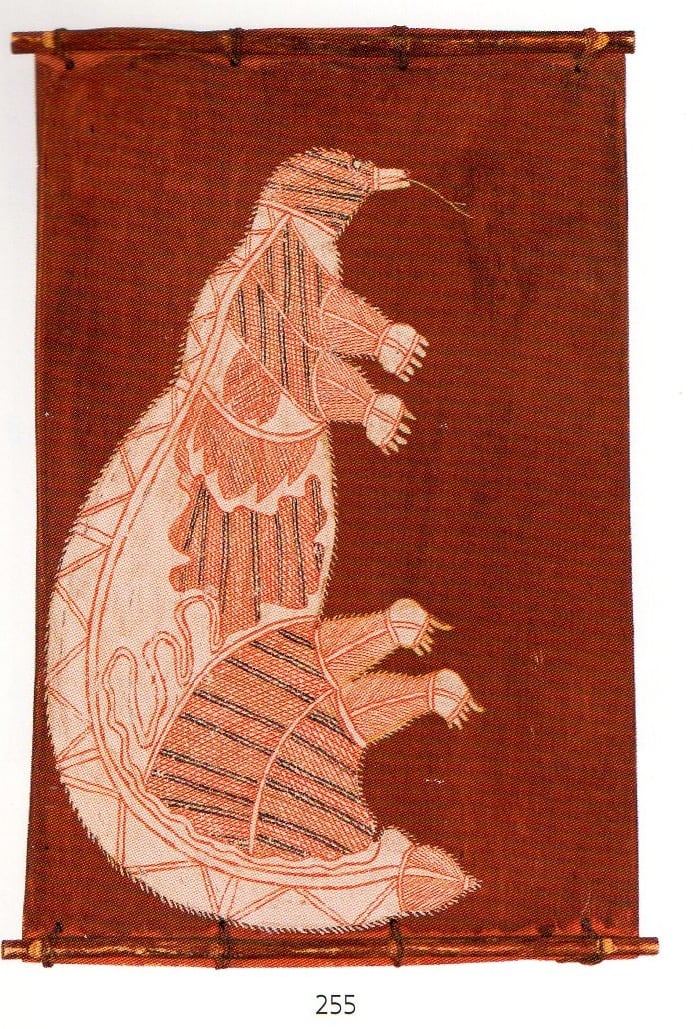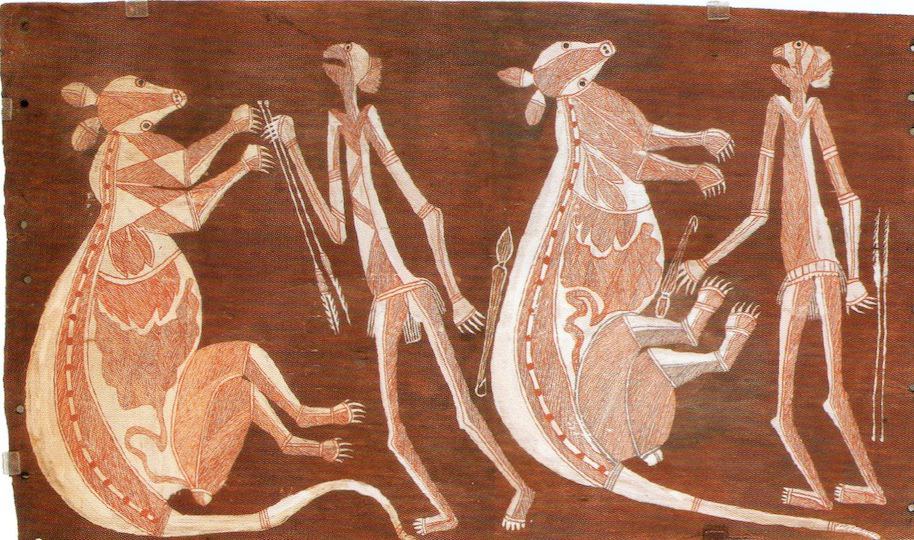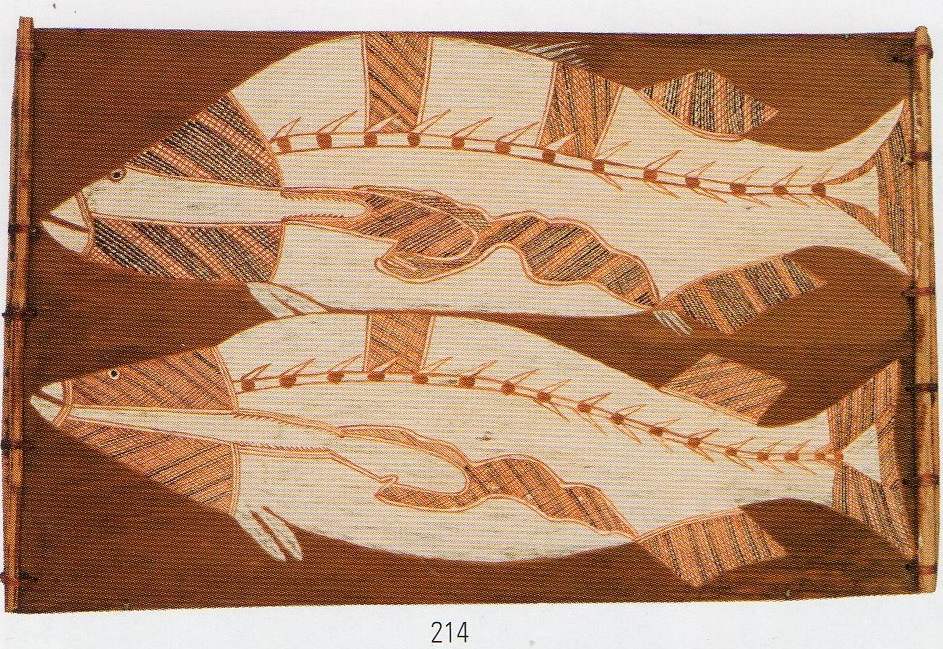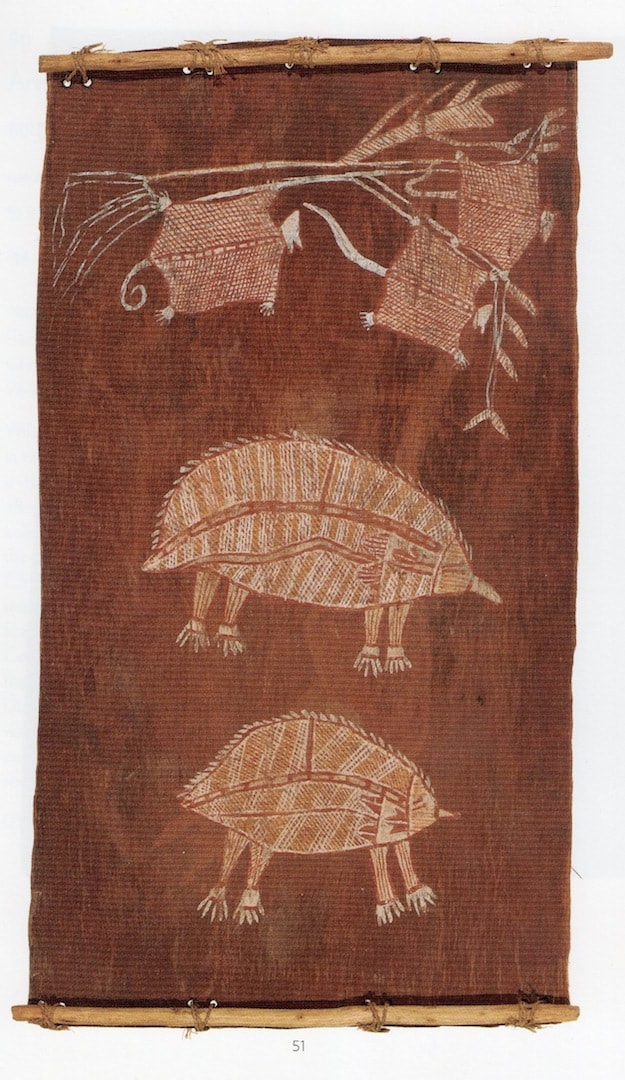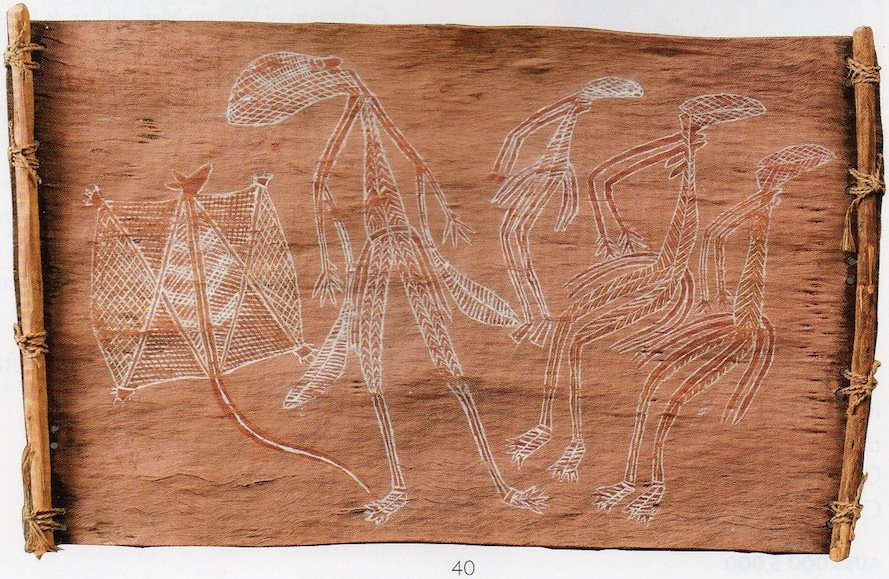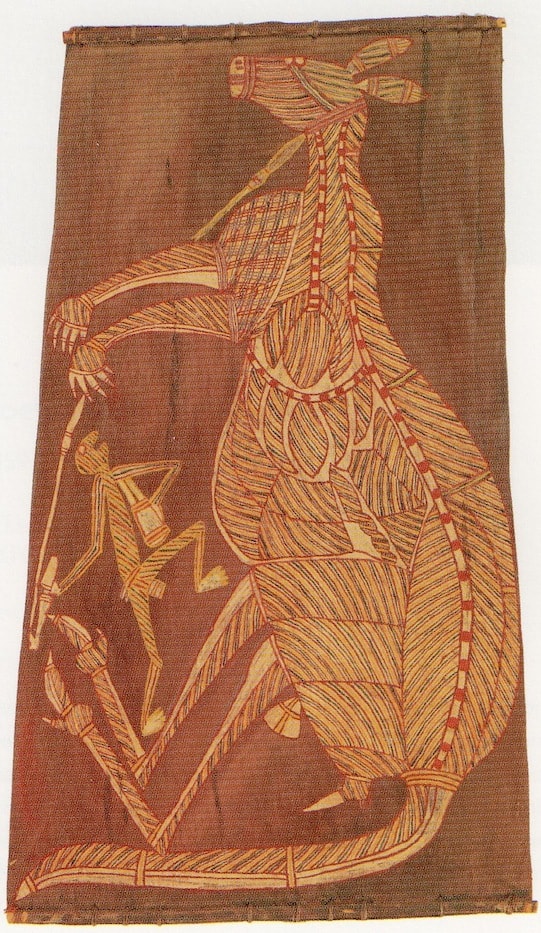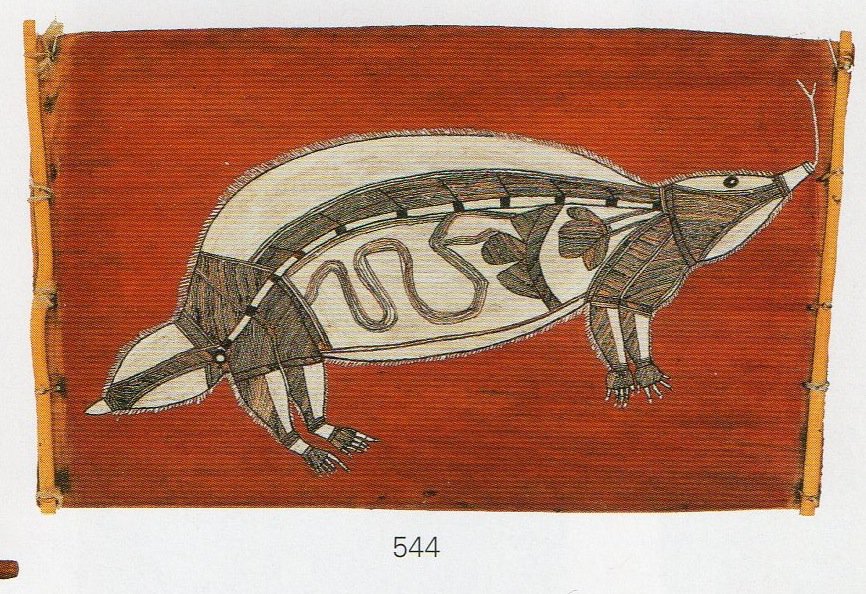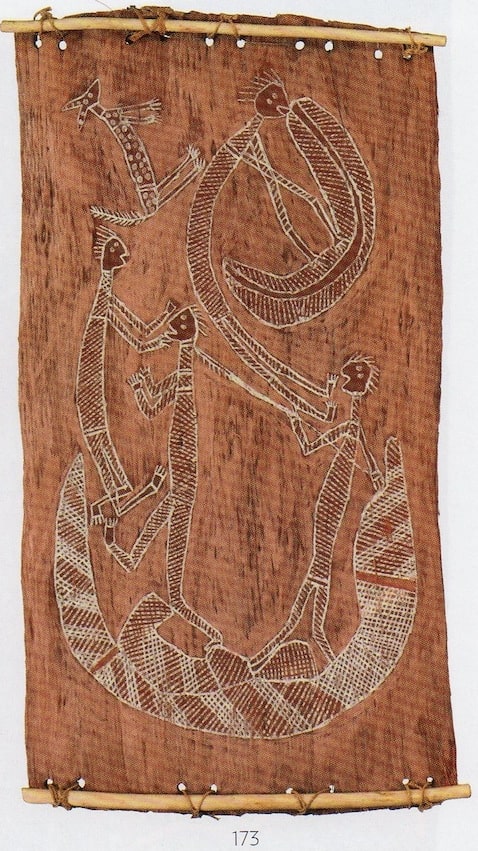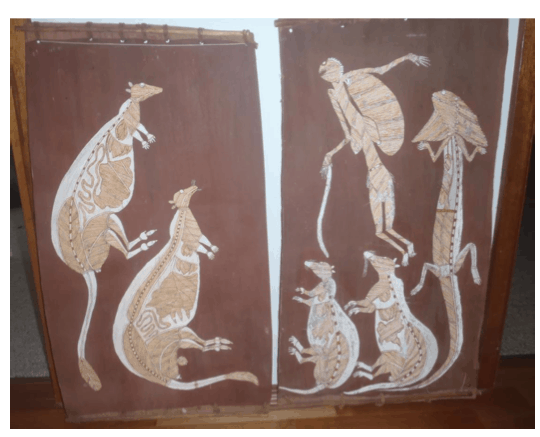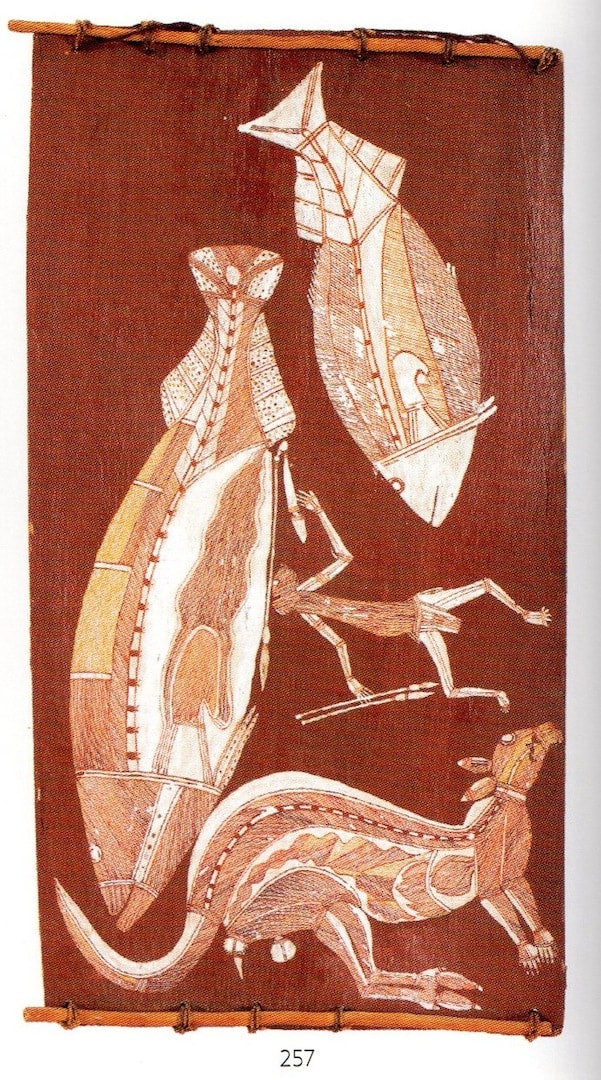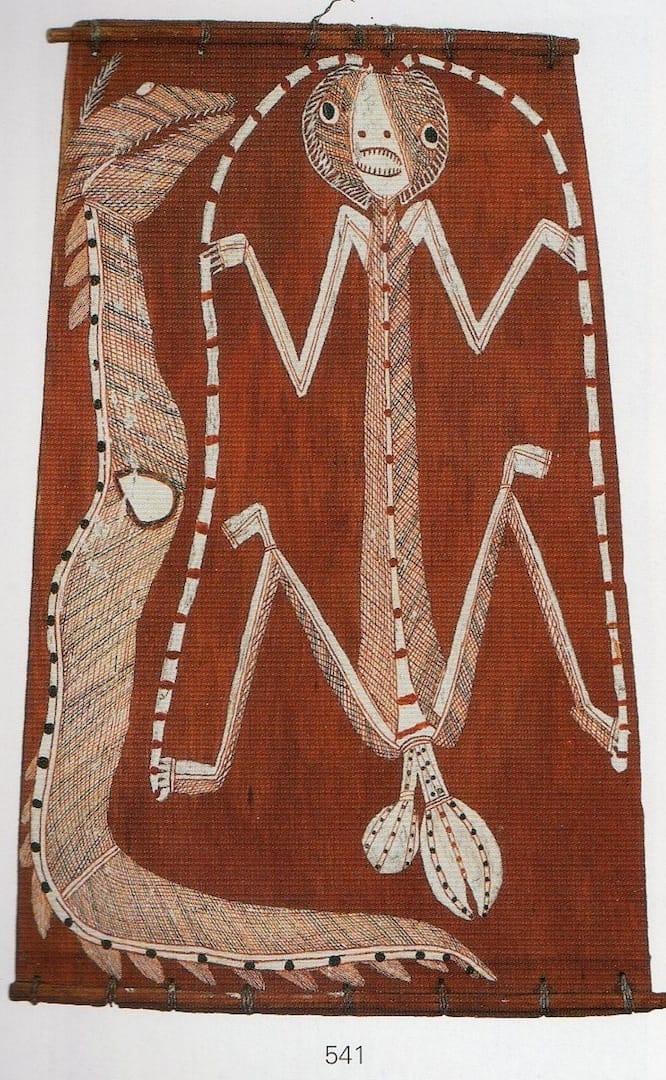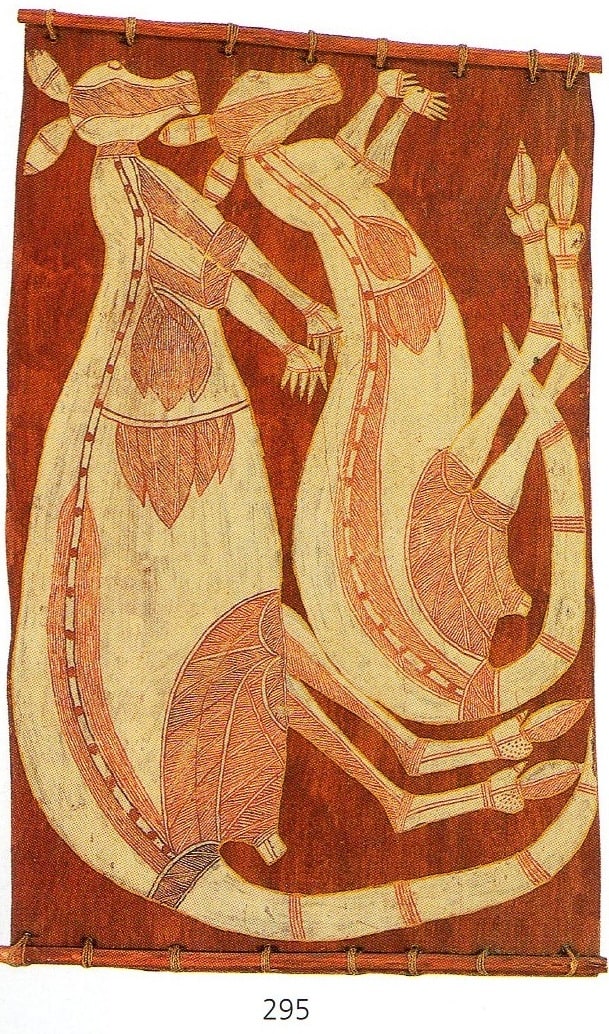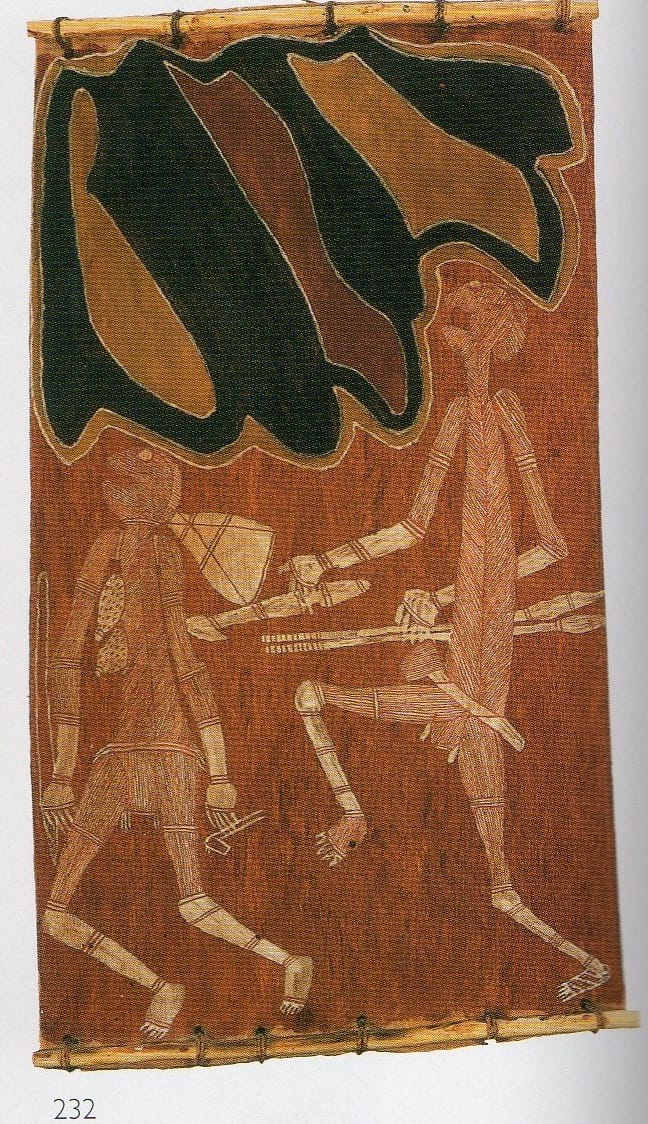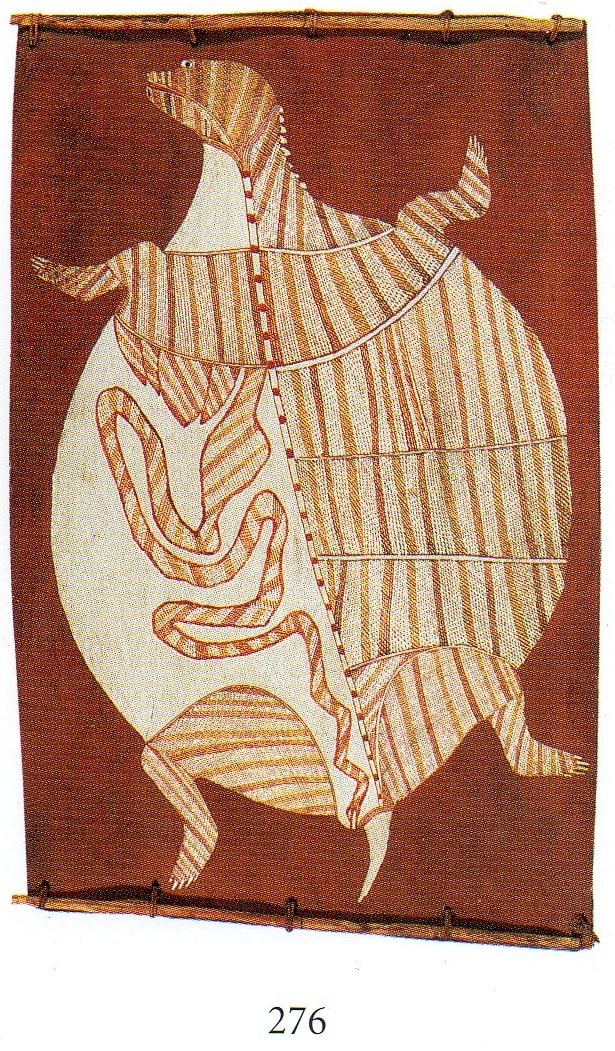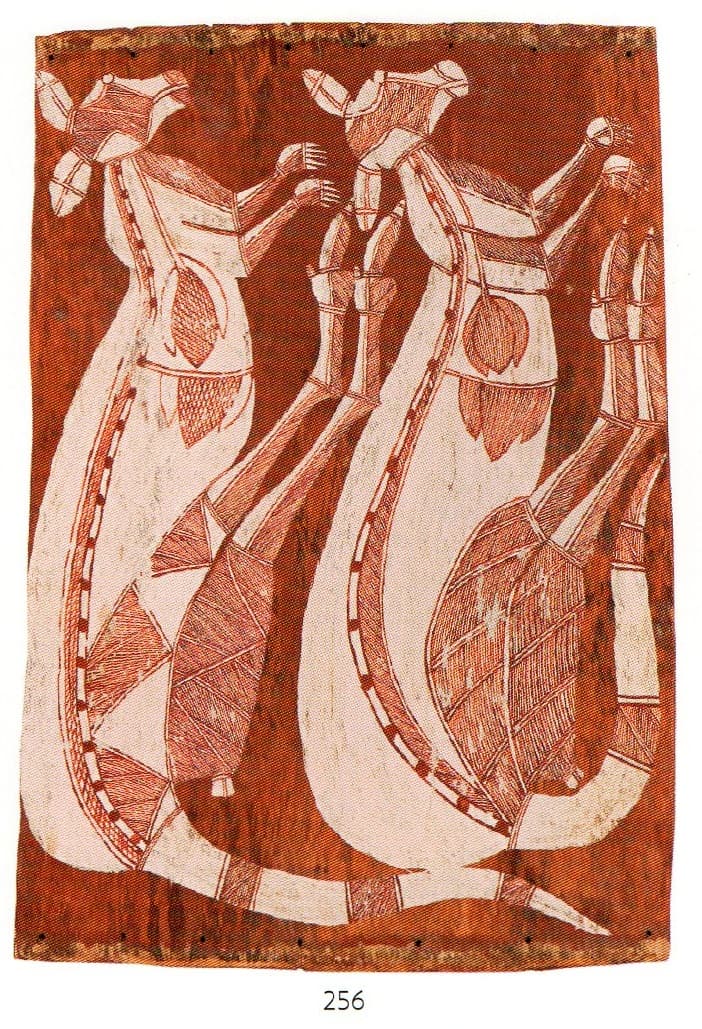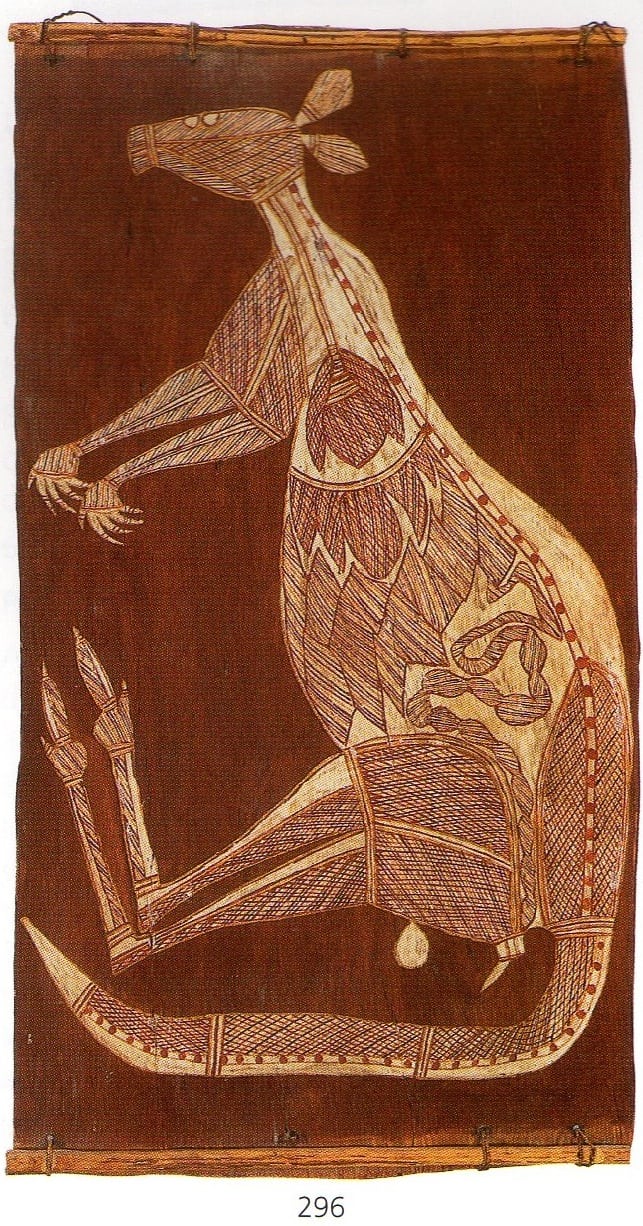Dick Murrumurru Rock Artist to Bark Artist
Dick Murrumurru was born around 1920 at Kukadjerri. He grew up in the rock country at the headwaters of the Liverpool River. His style of bark painting remained true to its rock painting origins throughout his life. He was a prolific bark painter who lived in and around Oenpelli during the 1960s and 1970s. The aim of this article is to assist readers in identifying if their aboriginal bark painting is by Dick Murrumurru. It includes many examples of his work.
If you have a Dick Murrumurru bark painting to sell please contact me. If you just want to know what your Dick Murrumurru painting is worth to me please feel free to send me a Jpeg. I would love to see it.
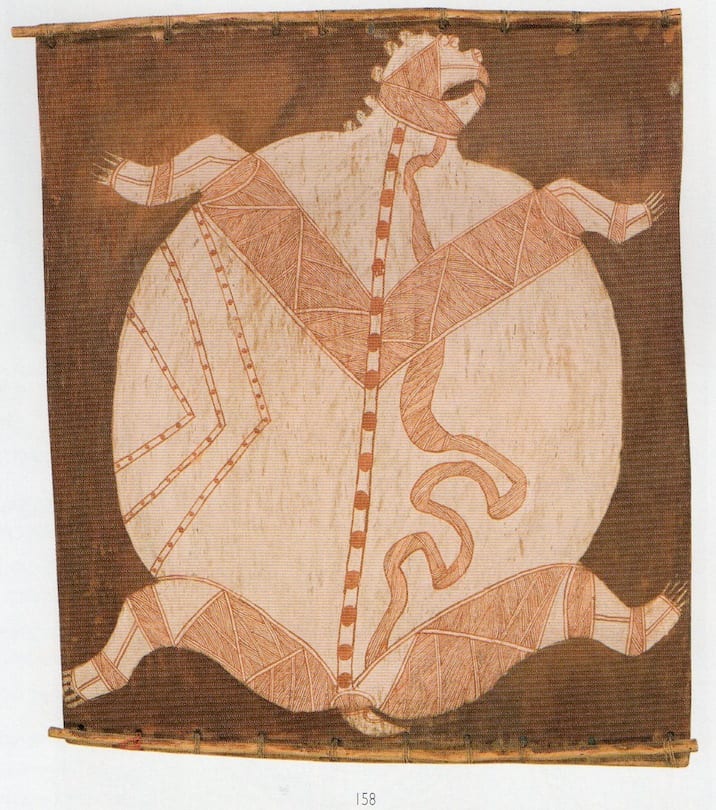
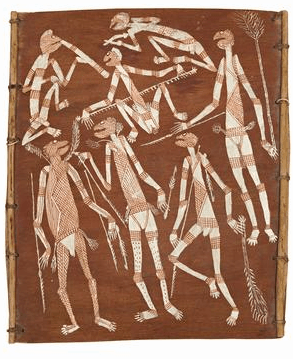
Early bark paintings by Murrumurru have very fine painted parallel Rarrk. They are in x-ray style distinct to Oenpelli. His bark paintings are similar in quality to the more famous Lofty Nadjamerrek. His paintings of figures are in some cases superior in quality to Loftys. He was a superb draftsman with acute powers of observation. His finely detailed paintings suggest volume and have a three dimensional feel to them.
Murrumurru preferred using a solid red ochre background. His animals and figures white with details in red and yellow and sometimes black. He was not afraid to leave large areas monochrome. On earlier barks where there is line work it is intense parallel lines done with great skill and not much cross-hatching. His later works use more cross-hatching and have less open spaces.
Murrumurru figures have a distinctive face shape with large open mouths and eyes at the very top of the head. He has also painted Namarrkon the lightning spirit.
In his later years Dick Murrumurru lived at Malgawo, close to his own Bularlhdja clan lands. He passed in 1988. If anyone has further information about Dick’s life I would love to hear from them so I can add it to this article.
Dick Murrumurru can also be spelled Dick Murru Murru, Dick Murra Murra, or Dick Murramurra
References and Extra Reading
Keepers of the secrets: Aboriginal art from Arnhemland
Crossing Country: The Alchemy of Western Arnhemland art
Dick Murrumurru Artwork values
Luma Luma
Mardayin ceremony
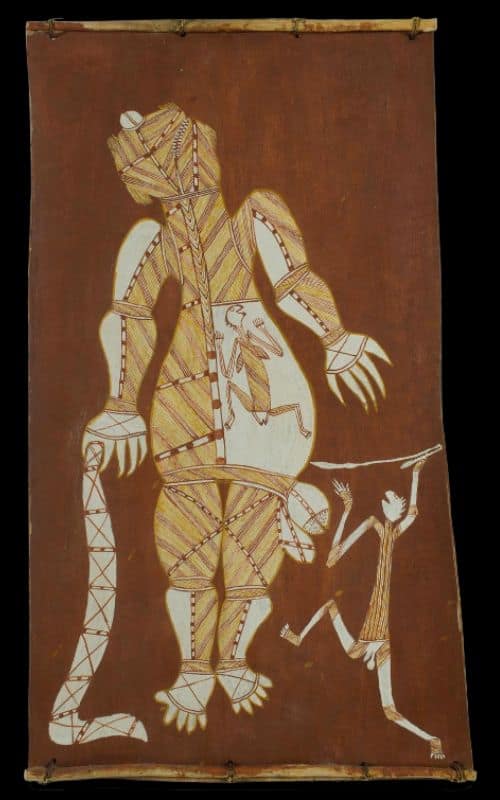
Luma Luma by Murrumurru painted with ochre on bark
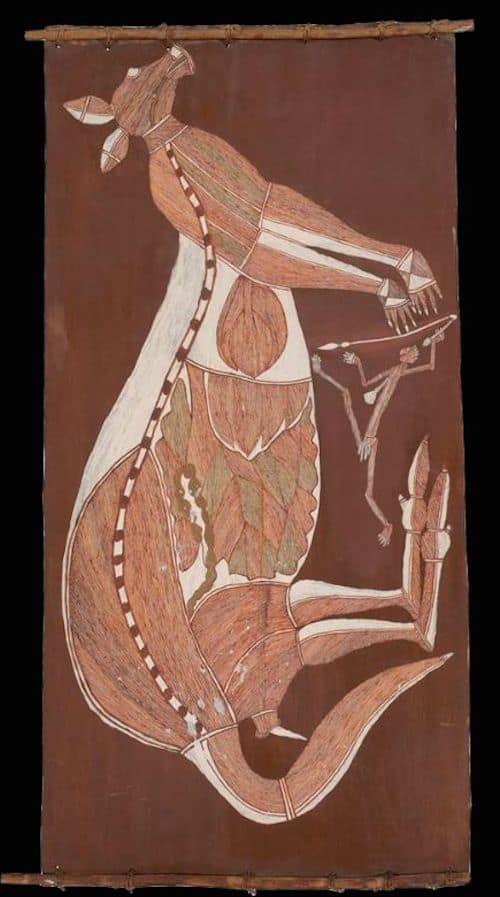
Mimih Hunter and Kangaroo by Murrumurru painted with ochre on bark
Mimih Hunter Dreaming
This painting depicts a traditional story of the meeting of Mimih by a hunter called Djala.
Djala and his heavily pregnant wife lived near the rocky escarpment known to be the home of the Mimih. The Mimih was a tall but very slender form of spirit people who lived hidden in caves and had dangerous magic.
Djala went hunting and was tracking a large kangaroo and near sunset, he discovered a Mimih had killed the kangaroo he was tracking. Having seen the Mimih kill the kangaroo with his spear Djala complimented the Mimih on his skill. The Mimih called Kaman invited Djala back to his camp to share in the kangaroo meat. Djala was hesitant because he knew the legend that if a Mimih came in possession of your hair or sperm they could work magic on him.
The Mimih blew upon a rockface and it split in two leaving a passage to the Mimih secret glade. In the grassy glade Kangaroos grazed unfrightened and at the far end of the glade was a cave. In front of the cave other Mimih were singing and dancing. The Mimih women were larger and fuller with large firm breasts. Kaman the Mimih introduced the human visitor and instructed his wives to cook.
Realizing if he ate the magical food he would never leave the camp and see his wife again Djala tried to leave. He asked politely if he could take a section of the kangaroo and walk back to his camp. Kaman put him off and insisted he stays the night. With Mimih women singing he fell to sleep into a deep sleep in the cave. He awoke feeling the fingers of Kaman’s wives stroking him all over. He faked sleep knowing that if they knew he was awake he would be seduced and become one of them.
In the early morning by the light of the stars, Djala crept out of the Mimih cave and glade and returned home to his wife.
Echidna
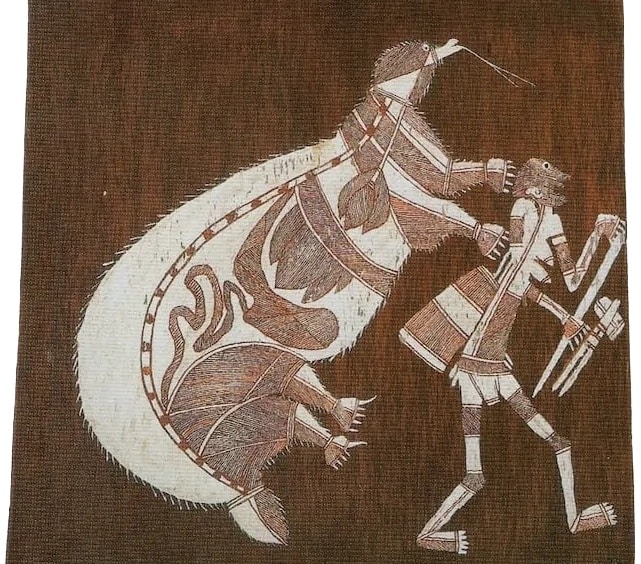
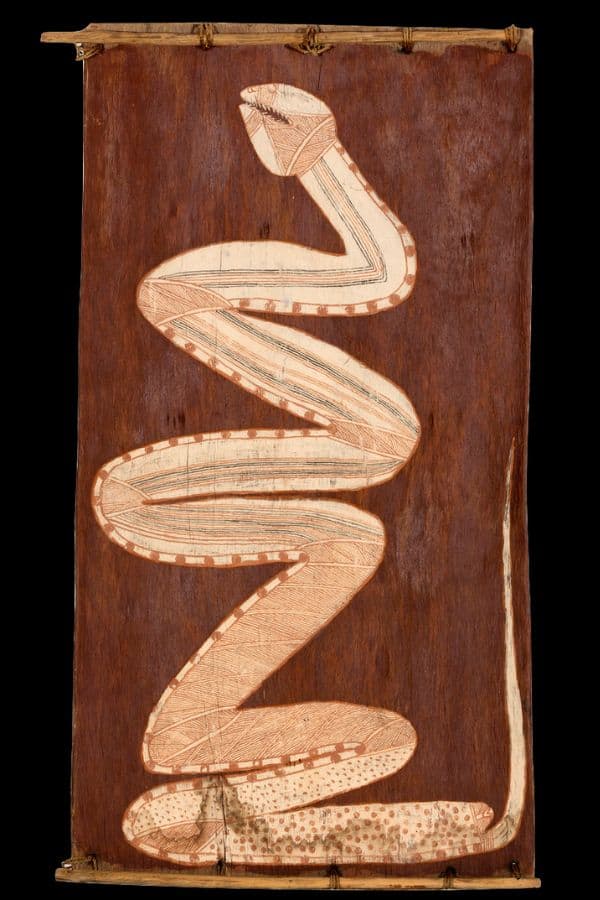
The Rainbow Serpent
There are three known Rainbow Serpents in western Arnhem Land. The most powerful one is the Jingana, the Mother Serpent, who lives either underground or in lagoons covered in waterlilies. In the earliest times, Jingana became dissatisfied with the shapes of the inhabitants populating the area. Creatures were half human, half bird, fish, or animal. So she swallowed everything and then regurgitated them in the forms they bear today.
During the dry season, the serpents stay sheltered in their waterlily billabongs. At the beginning of the wet, they sit up on the storm clouds which they have created from the vapor from their mouths. Thunder rolls across the skies as they growl, forked lightning is their flicking tongues. When the same tongues prick the stormclouds, torrential rain descends over Arnhem Land.
All images in this article are for educational purposes only.
This site may contain copyrighted material the use of which was not specified by the copyright owner.
Western Arnhem land Artists and Artworks
Dick Murrumurru Bark painting Images
The following images are not a complete list of bark painting by Dick but give a good feel for the variety and style of this artist.

